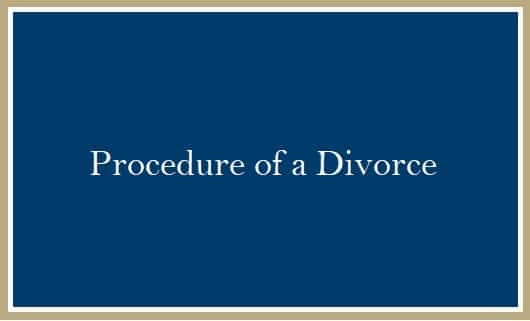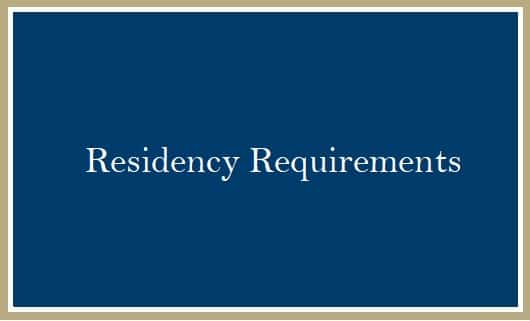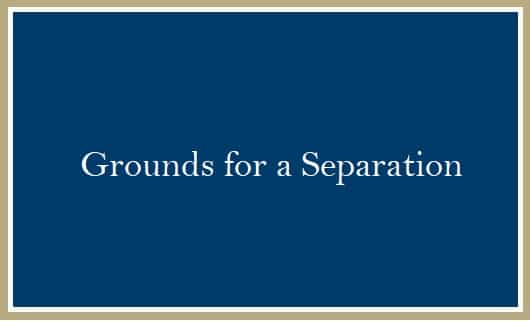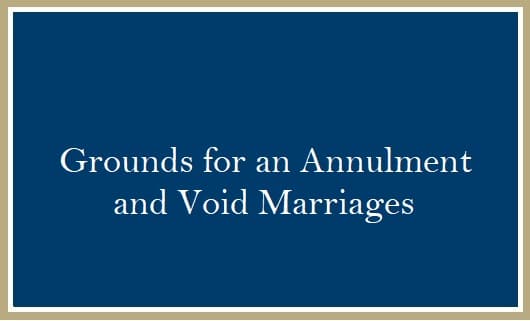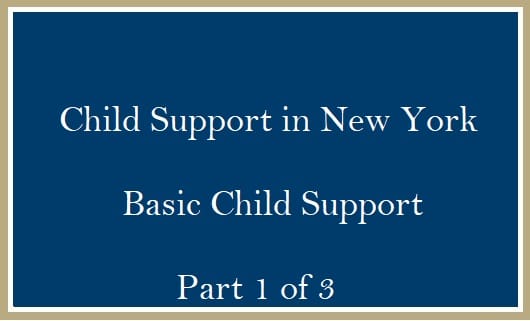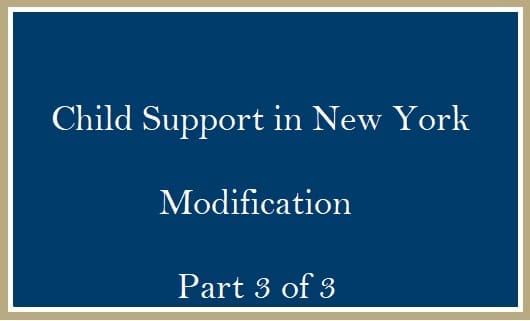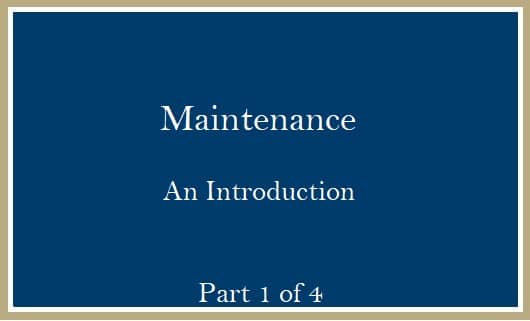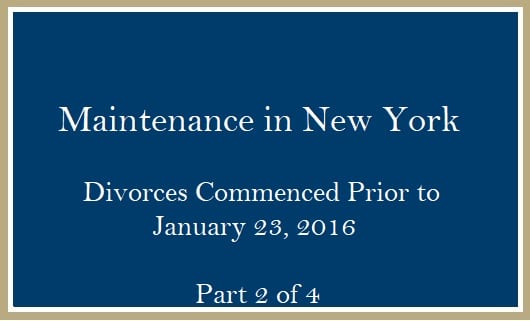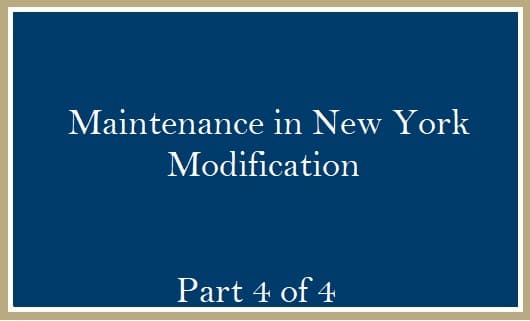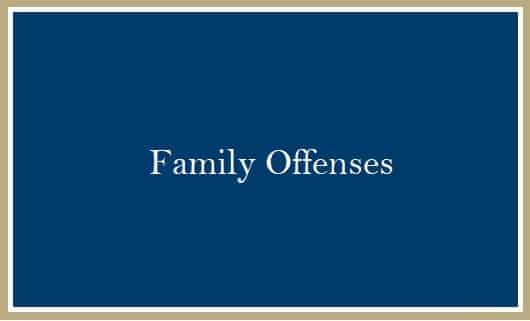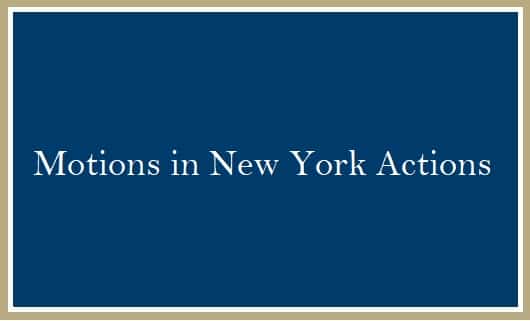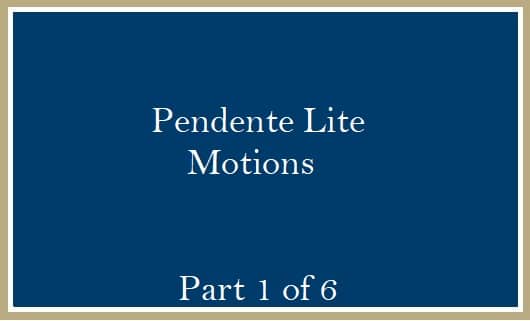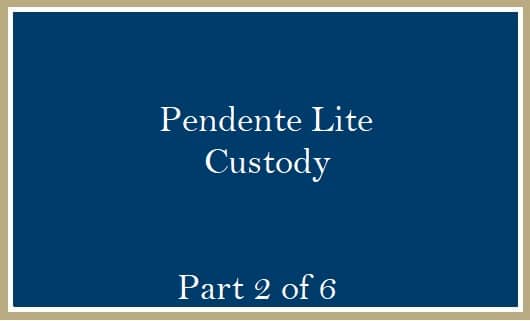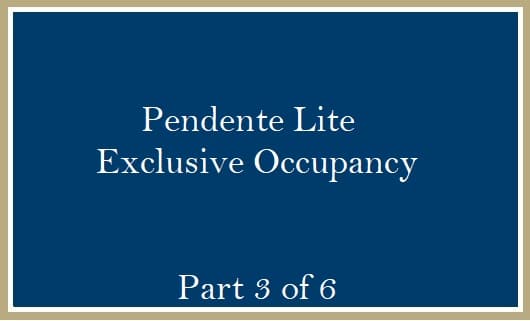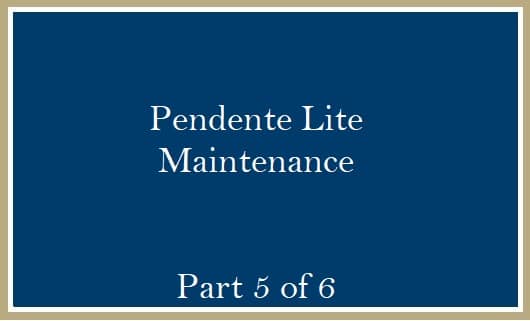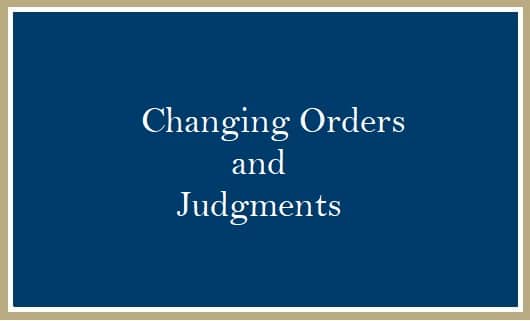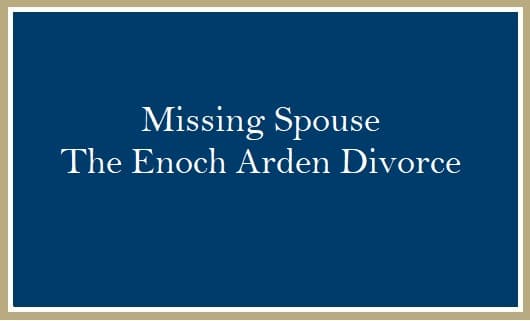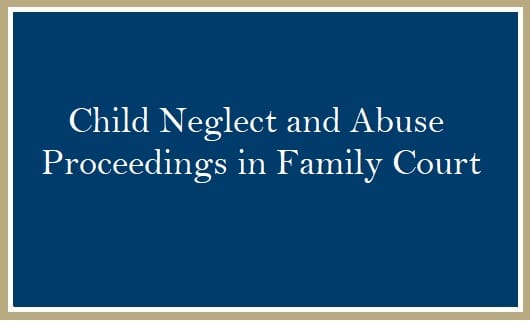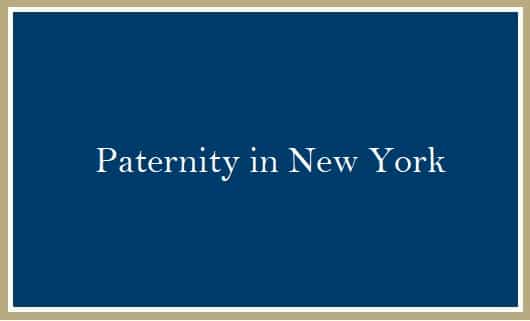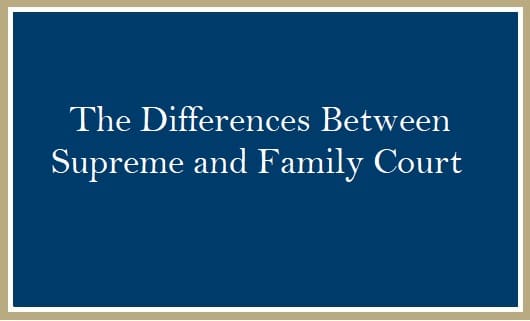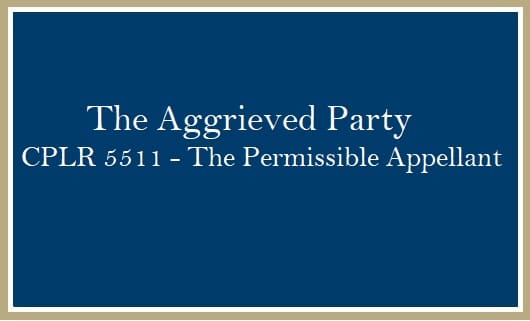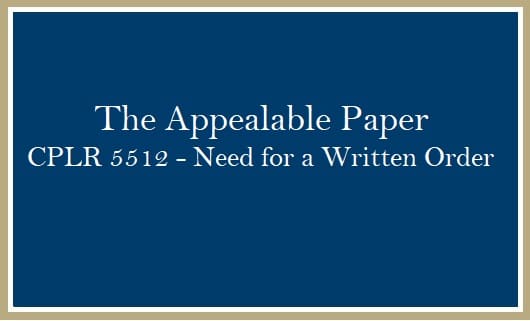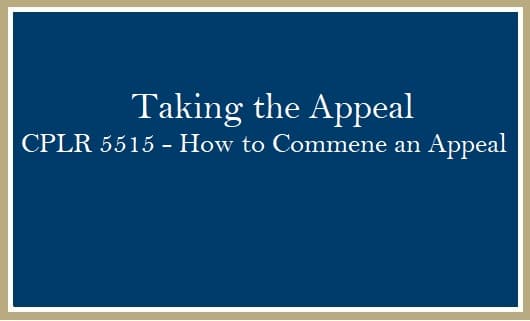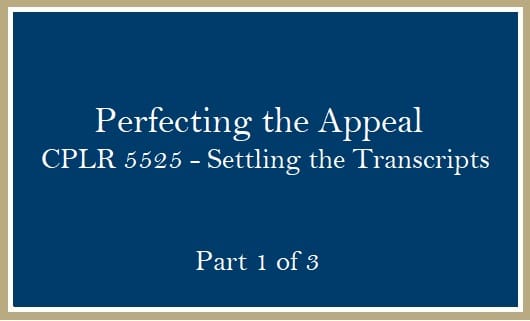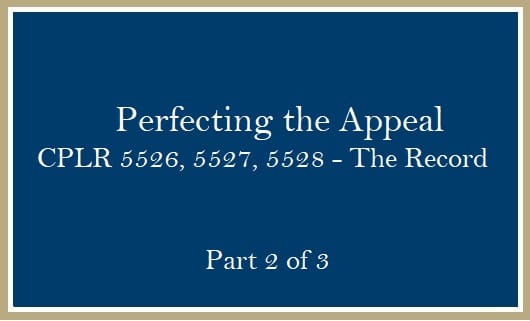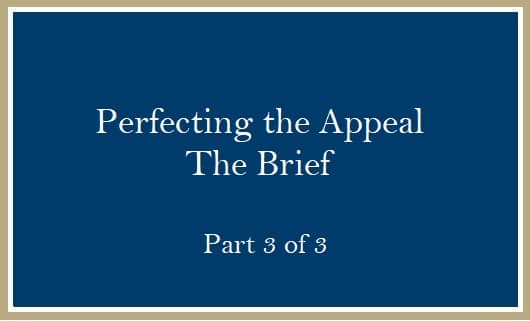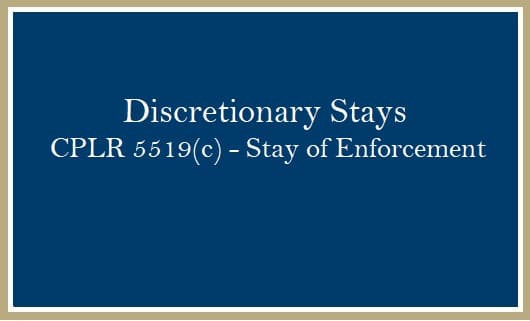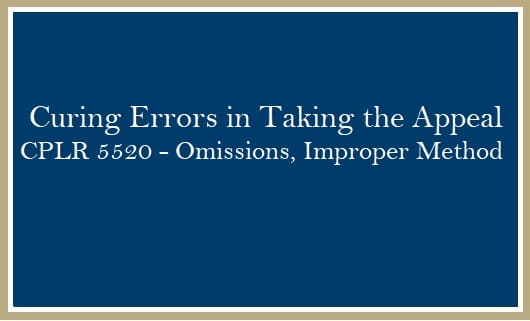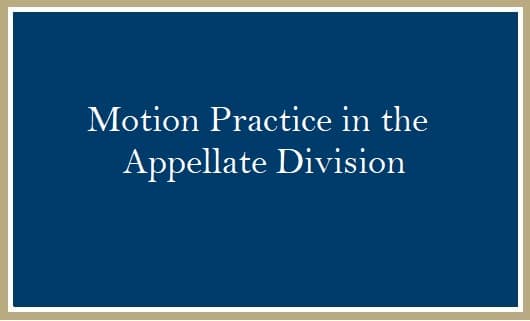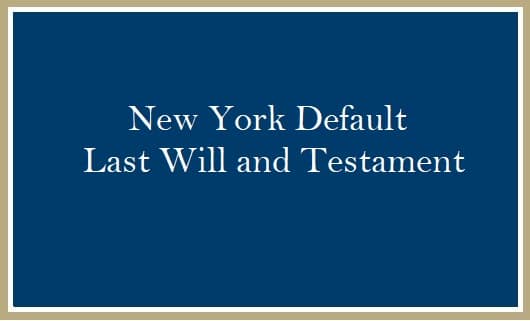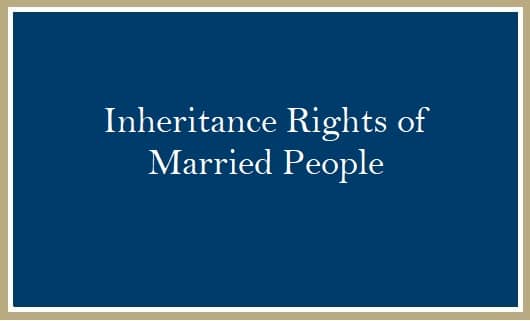A guideline to the divorce process from beginning to end. This article explains the guts of the process to allow a better understanding how a divorce or other matrimonial action works. Citations to relevant sections of the Domestic Relations Law and Civil Practice Laws and Rules are provided.
There are five ways to meet the residency requirements to bring a matrimonial action in New York. This article explains these requirements, and illustrates the not so obvious problems that can pose unexpected obstacles for the unwary.
There are seven grounds for divorce in New York under DRL 170. Four are fault based, one is partially fault based as it relies on a prior finding of fault, and two are no fault, one of which requires consent by both parties. With the adoption of no fault under DRL 170(7) in 2010, many problems caused by a fault based system were eliminated, but issues involving grounds still remain.
Grounds for Judicial Separation
A judicial separation authorized under DRL 200, and is an action similar to a divorce, but which does not seek to dissolve the marriage. It is a holdover from a different era when divorce grounds were far more limited. It is rarely, if ever, used in the 21st century, but it remains on the books as a valid matrimonial action in the domestic relations law.
Grounds for an Annulment and Void Marriages
An annulment is similar to a divorce in that it dissolves the marriage. The marriage remains on record, and the court will issue a judgment of annulment. New York has imposed fairly strict grounds to obtain an annulment.
Custody is based upon what the court determines to be in the best interests of the child. What constitutes best interests is not defined, but has evolved over time through case law.
Child support in New York is based on a formula that applies a percentage of income based on the number of children involved, and consists of two parts - basic child support and the add-ons.. The definition of income is set out by statute, and income for child support may be different than income for taxes. All child support orders must contain mandatory language, and the failure to do so could make the order unenforceable. Child support is found in two identical statutes, DRL 240(1-b) and FCA 413.
Child Support - Special Situations
The child support guidelines were written to presume there was a custodial and non custodial parent, and that all children live with the custodial parent. This article explains how to calculated child support in cases of joint custody, multiple families, split custody, deviations from the guidelines, and how courts handle child support when there is inadequate financial disclosure.
The standards to modify orders of child support have evolved over the years. Modification standards are a mixture of controlling case law combined with statutory changes. The criteria necessary for a modification will depend on a number of factors.
An introduction to the concepts behind maintenance and a summary behind the changes to both temporary and final maintenance. Understanding how the current maintenance laws evolved will help understand how they are applied.
Maintenance - Pre January 23, 2016
For divorce actions commenced prior to January 23, 2016, post divorce maintenance was determined at the court's discretion using 20 factors listed in the old DRL 236 B(6).
Existing orders of maintenance may be modified or terminated under sections 248 or 236 B(9) of the domestic relations law. Maintenance may be terminated by remarriage, living with another person and holding out to be married, the terms of any agreement, inability to be self-supporting, a showing of a substantial change in circumstance, financial hardship, full or partial retirement, or extreme hardship. Not every standard will apply to every situation.
Exclusive occupancy of the marital home may be awarded to either spouse without regard to title under DRL 234 and DRL 236B.
Marital property is defined under DRL 236 B(5), as property acquired during the marriage, with some exceptions, and authorizes the court to divide this property without regard for title. The right to seek equitable distribution many only occur when the marriage is dissolved. There are currently fourteen factors used to determine how property is awarded.
Legal fee awards in matrimonial actions are authorized under DRL 237. Counsel fees are awarded in divorces when there is a financial disparity between the parties.
A family offense proceeding is a civil proceeding which allows an individual to prosecute certain claims that would constitute a crime, so as to obtain an order of protection.
Motion Practice in New York Actions
A motion is a request for a court order separate from a final judgment. Motions, and the orders that arise from them, are of critical importance in any divorce, and can often pave the way to a successful trial or fair settlement.
Temporary maintenance under DRL 236 B(5-a) was significantly amended in October 2015, and many of the problems in the original version were fixed. The revisions kept the same basic approach, but allowed greater flexibility to account for more than a mandatory income shift which previously encouraged delaying a final resolution. This article explains the current rules for determining temporary maintenance.
Orders and judgments may be changed through different ways. The methods available for changing an existing order will depend on how the original order came about.
Missing Spouse - Enoch Arden Divorce
An Enoch Arden Divorce is one that is granted when a court determines a spouse is dead due to being missing. Authorized under DRL 220 and 221, Enoch Arden Divorces have largely been replaced by a standard divorce combined with service by publication.
An outline of Family Court proceedings and procedure for neglect and abuse proceedings brought under Article 10 of the Family Court Act.
With the advent of DNA testing in the 1990s, many issues of paternity were resolved through genetic testing. However, defenses to paternity still exist independent of genetic markings.
The Difference Between Supreme and Family Court
Supreme Court and Family Court have overlapping jurisdiction on many issues, but the rules of procedure are different. Family Court's authority is less than Supreme Court. Understanding the differences between Supreme and Family Court can avoid making needless errors in proceedings.
A guideline to appellate practice which covers the major aspects of an appeal without getting caught up in the minutia. Citations are provided to relevant statutes and controlling case law for further review.
Being an aggrieved party is critical in prosecuting an appeal, and successfully challenging aggrieved status in defending an appeal can stop an appeal dead in its tracks. Understanding how aggrievement under CPLR 5511 works is critical no matter what side of the appeal a party is on.
Not every judicial determination can be appealed. CPLR 5512 provides the rules governing what constitutes an appealable paper. Understanding what is an appealable order, what is not, and how to obtain an appealable paper is necessary to obtain relief from the Appellate Division.
An appeal is taken by filing the notice of appeal or obtaining an order for permission to appeal. The time frame to take an appeal is very short and cannot be extended under most circumstances.
Perfecting the Appeal: Settling the Transcripts
Once an appeal is taken, the appeal must be perfected. If testimony was taken, any errors in trial must be corrected through a process known as settling the transcripts. Failure to settle the transcripts can result in the appeal being dismissed.
Perfecting the Appeal: The Record
The record on appeal is a compilation of all the evidence used by the lower court in reaching its decision. Preparing an adequate record is mandatory, and it must allow the appellate court to review information in support of both sides. Failure to prepare a proper record can result in the appeal being dismissed.
Perfecting the Appeal: The Brief
In broad terms, the brief consists of two primary parts. It contains the summary of the facts, with specific references to the transcripts or record for each fact. It also contains the argument, which are the reasons why the lower court order should be reversed. The argument may only reference facts contained in the record and controlling statutes or case law.
Discretionary Stays under CPLR 5519(c)
An order being appealed remains in force and must be complied with. CPLR 5519 allows a number of ways to stay the enforcement of an order under appeal. CPLR 5519(c) authorizes an appellant to make a motion for an for a stay of enforcement of an order pending the appeal.
Curing Errors made in Taking the Appeal
Errors made in taking the appeal can be cured, provided they do not deprive the Appellate Court of jurisdiction. CPLR 5520 reflects the liberal policies behind the CPLR, and allows the Appellate Division a broad range of discretionary authority to cure many errors, such as incorrect entry dates, premature filings or even taking an appeal by the wrong method. But if an error creates a jurisdictional defect, CPLR 5520 will not cure it.
Motion Practice in the Appellate Division
Motions in the appellate division are an integral part of appellate practice. Motions may be made to enlarge the time to perfect an appeal, cure minor errors made in taking the appeal, consolidating appeals, curing problems with records, and curing procedural issues when an order under appeal is later superseded by a different order or judgment. Motions may also be filed to stay the enforcement of orders being appealed until the appeal is decided.
Being Updated 10/26/2019
New York Default Last Will and Testament
Everybody in New York has a will. If you don't make your own, this is the will made for you by New York. It includes the disposition of assets and all presumptions made when specific steps are not provided otherwise.
Inheritance Rights of Married People
Married spouses have special inheritance rights. the loss of these rights is a factor in a divorce. Outside of a divorce, spouses should know the special rights they have.

